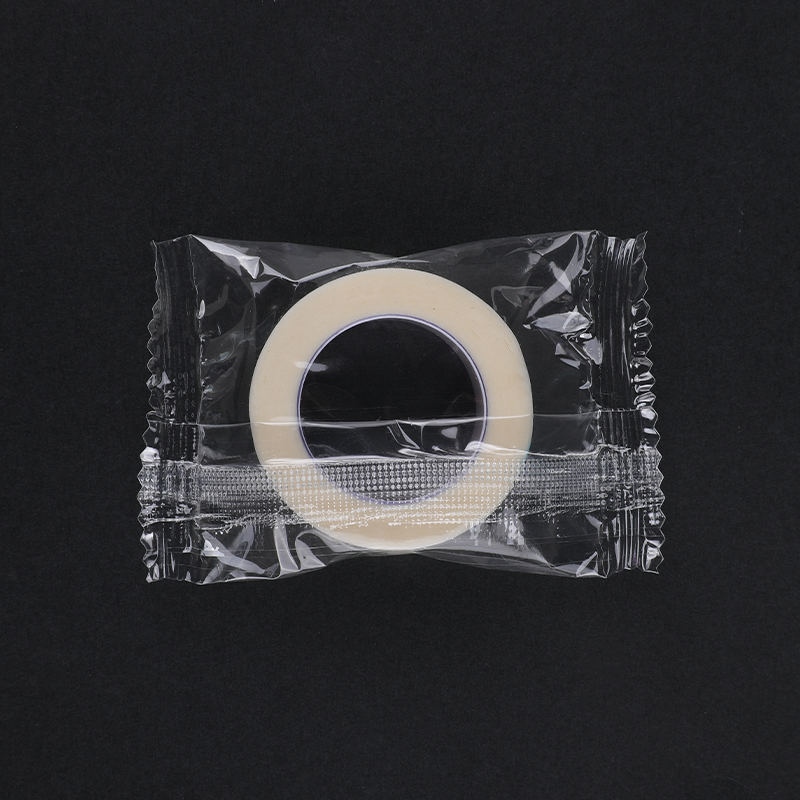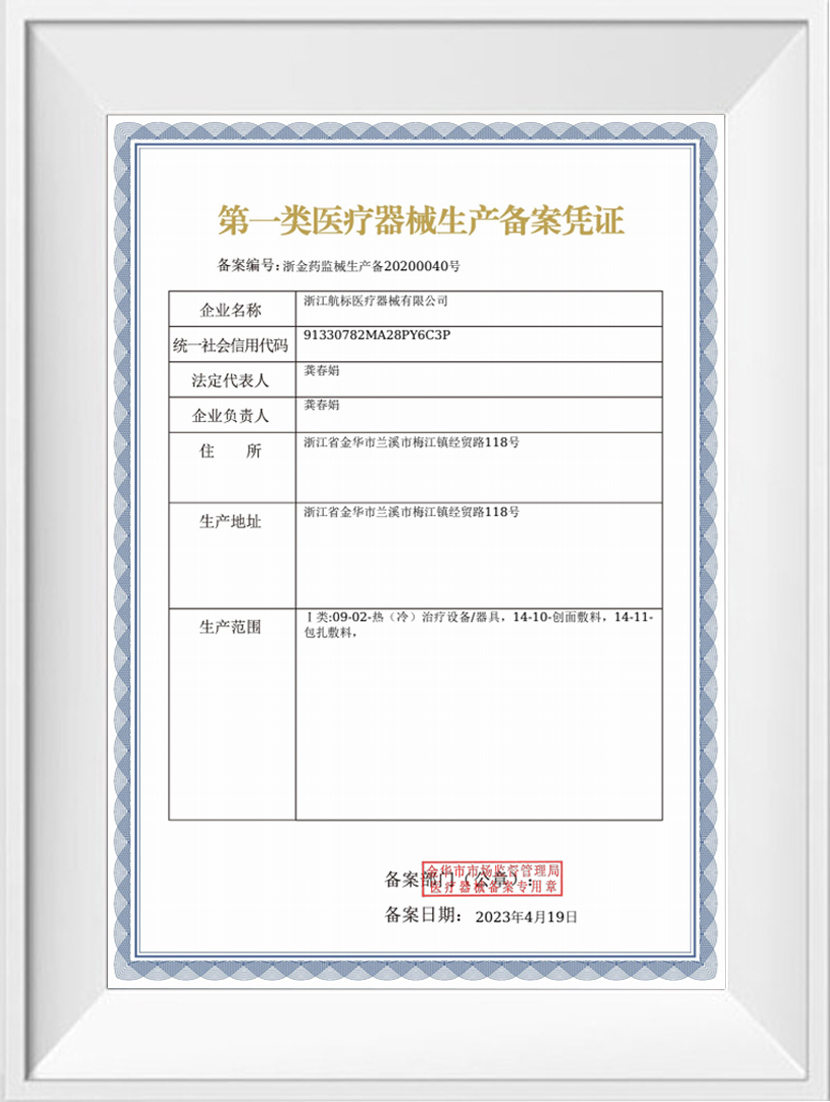Engineered for Consistent Contact and Reliable Stickiness
Silicone Scar Reducing Tape is formulated with medical-grade silicone and a skin-friendly adhesive backing that ensures it adheres smoothly and gently to the skin. Its ability to stay firmly in place is crucial for maintaining continuous pressure and hydration on scar tissue, which are both essential for effective scar improvement. Most users find that this tape can remain in position for 12 to 24 hours at a time without lifting, curling, or peeling, even during regular daily activities. However, its performance can depend on various individual and environmental factors.

Skin Preparation Plays a Key Role in Adhesion
Before applying the tape, it's important to clean and dry the affected area thoroughly. Oils, lotions, and moisture can significantly reduce how well the tape sticks, causing premature lifting or corners peeling away. Proper skin preparation not only enhances adhesion but also ensures skin contact for better therapeutic results. Some users even find that shaving the area—if applicable—improves stickiness and comfort. Once the tape is applied smoothly and without wrinkles, it generally holds well unless exposed to excess sweat or movement.
Environmental Conditions May Affect Longevity
While the tape is designed to be durable, high humidity, excessive perspiration, or water exposure from bathing or swimming may reduce its grip over time. In normal indoor environments, the adhesive properties are generally sufficient to keep the tape in place for the day. However, in more physically active situations, additional medical tape or protective clothing may help secure it further. In these cases, users may consider applying the tape during rest periods, such as overnight, when friction and movement are reduced.
Reusability and Adhesive Retention Over Time
Though some versions of silicone tape are marketed as reusable, their adhesive strength may gradually decline with each use, especially if the backing collects dirt, oils, or dust. Gentle washing and careful drying between uses can help preserve tackiness, but over time, even well-maintained pieces will lose their stickiness. Most manufacturers recommend replacing the tape every 5 to 7 days or when it no longer adheres well. This approach ensures that the treatment remains consistent and that the skin remains properly covered.
Comparisons to Other Scar Care Adhesives
Compared to scar creams or gels, which may rub off or absorb into clothing, silicone tape offers a more stable and continuous form of treatment. It adheres without slipping or smudging and maintains direct contact with the skin for extended periods. While some hydrogel or fabric-based scar sheets may fall short in humid conditions, silicone-based tape maintains better adhesion on clean, dry skin. This makes it especially suitable for people who prefer low-maintenance, long-lasting solutions without frequent reapplication.
User Tips to Improve Tape Performance
Many users report better outcomes when applying the tape at night, avoiding high-motion areas, or gently pressing it down for several seconds after application to activate the adhesive fully. If the tape begins to lift around the edges, trimming it to size or applying a medical-grade overlay can help. Additionally, storing unused tape in a sealed container away from heat and dust preserves its adhesive quality until the next use.



